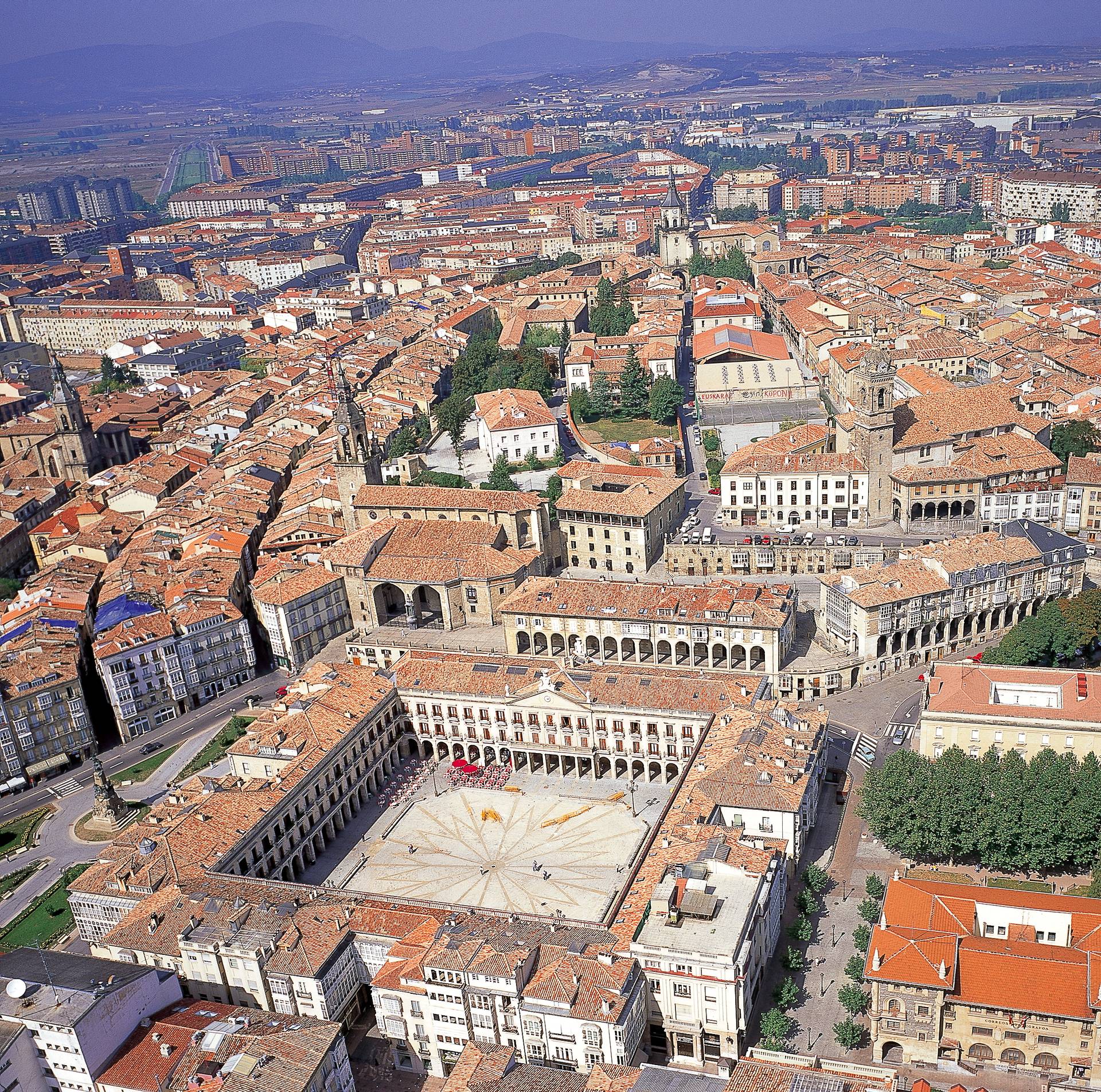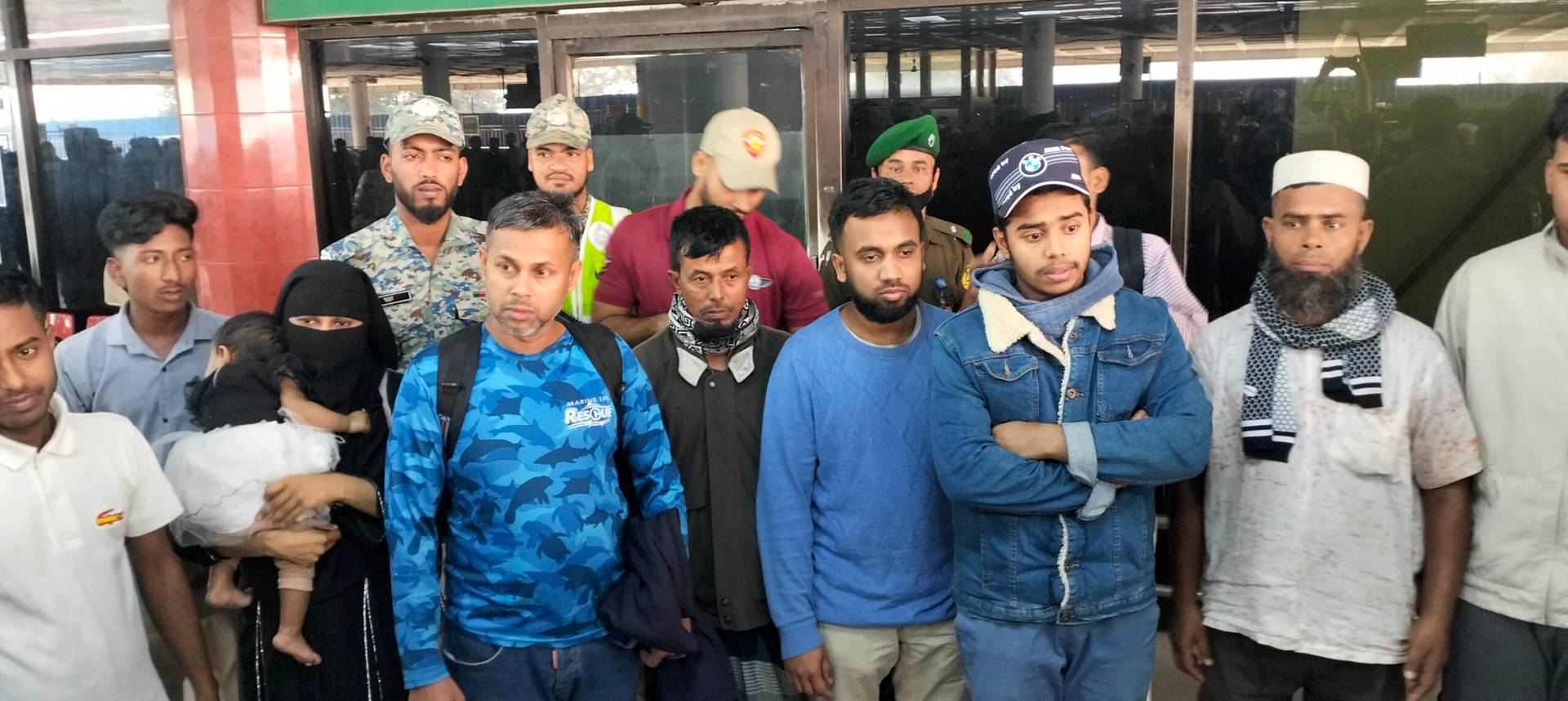ROME – Leading Benedict XVI’s funeral Thursday, Pope Francis reflected on the life and challenges that any pastor faces in their service to God, offering gratitude for his predecessors’ own ministry and praying that he will rest in the joy of the Lord.
Speaking to the roughly 60,000 devotees gathered in St. Peter’s Square for the funeral Mass, Pope Francis said that like the women who gathered at Jesus’s tomb, “We too have come with the fragrance of gratitude and the balm of hope, in order to show him once more the love that is undying.”
“Together, we want to say: Father, into your hands we commend his spirit,” he said, adding, “Benedict, faithful friend of the Bridegroom, may your joy be complete as you hear his voice, now and forever!”
Benedict XVI, who reigned from 2005 until his historic resignation in 2013, making him the first pope to resign the papacy freely in 600 years, died Dec. 31 at the age of 95, having spent nearly 10 years in retirement.
Pope Francis, the first pope to preside over the funeral of a pope emeritus, offered a generic homily on the role of a pastor, saying God, like a potter, “wishes to shape the heart of every pastor, until it is attuned to the heart of Christ Jesus.”
He spoke of both the grateful and prayerful devotion that a pastor must have, as well as the “trusting obedience to the Lord’s command to feed his flock.”
Alluding to the various challenges Benedict XVI faced in his 8-year papacy, but without mentioning anything specifically, Francis said that “like the Master, a shepherd bears the burden of interceding and the strain of anointing his people, especially in situations where goodness must struggle to prevail and the dignity of our brothers and sisters is threatened.”
“In the course of this intercession, the Lord quietly bestows the spirit of meekness that is ready to understand, accept, hope and risk, notwithstanding any misunderstandings that might result,” he said, saying this meekness is “the source of an unseen and elusive fruitfulness, born of his knowing the One in whom he has placed his trust.”
This trust, he said, is “born of prayer and adoration, capable of discerning what is expected of a pastor and shaping his heart and his decisions in accord with God’s good time.”
Pope Francis also spoke of the support offered by the Holy Spirit, which he said, “always precedes the pastor in his mission,” which he said must be carried out “In the painful yet steadfast serenity that neither attacks nor coerces. In the stubborn but patient hope that the Lord will be faithful to his promise, the promise he made to our fathers and to their descendants forever.”
“Holding fast to the Lord’s last words and to the witness of his entire life, we too, as an ecclesial community, want to follow in his steps and to commend our brother into the hands of the Father,” he said, asking that Benedict XVI’s “merciful hands find his lamp alight with the oil of the Gospel that he spread and testified to for his entire life.”
Benedict’s funeral Thursday was a simple service, and came at the end of a 3-day mourning period in which Benedict XVI’s body was lying in state in St. Peter’s Basilica.
Wednesday evening, after the formal 3-day visitation for Benedict XVI had ended, his cypress coffin was closed in the presence of Cardinals Giovanni Battista Re, dean of the College of Cardinals; Pietro Parolin, the Vatican’s Secretary of State; Angelo De Donatis, the Vicar of Rome; Mauro Gambetti, archpriest of St. Peter’s Basilica; and Fernando Vergez, president of the Governorate of Vatican City State, as well as Archbishop Edgar Peña Parra, who serves as sostituto for the Vatican Secretariat of State.
Benedict’s personal secretary, German Archbishop Georg Gänswein, was also present, along with the Memores Domini consecrated women who cared for Benedict in his retirement.
Prior to Mass, just before 9a.m. local time, Benedict’s cypress coffin was brought into St. Peter’s Square, in front of the main altar.
Cardinals from across the world were seated to the left of the altar, including those from the United States and Canada, as well as Chinese Cardinal Joseph Zen, who had to receive permission and a passport from Hong Kong courts to attend the funeral after his recent conviction under China’s new national security law.
Roughly 120 cardinals and 3,700 priests concelebrated the Mass alongside Pope Francis and Re. In addition, over 1,000 journalists from over 30 countries received Vatican press accreditation to cover the historic event.
On the other side of the altar were seated dignitaries and heads of state, with those from Germany and Italy being the only official state delegations.
Germany was represented by President Frank-Walter Steinmeier and Prime Minister Olaf Scholz, as well as the governor of Benedict’s home state of Bavaria, Markus Söder, while Italy was represented by its president and prime minister, Sergio Mattarella and Giorgia Meloni, respectively. The delegation from Pope Benedict’s native German region of Bavaria was so extensive they actually rented their own plane to make the short trip to Rome.
Several other heads of state attended in a private capacity, including those from Spain, Belgium, Poland, Portugal, Hungary, Slovenia, France, Croatia, Togo, Great Britain, San Marino, Slovenia, Gabon, Cyprus, Colombia, and the Order of Malta. The United States was be represented by Ambassador to the Holy See Joseph Donnelly.
In addition, representatives from over 21 different Christian churches were also present, including the Ecumenical Patriarchate of Constantinople; the Patriarchate of Moscow; the Anglican Communion; the World Methodist Council; the World Evangelical Alliance; and the World Council of Churches.
Imam Pallavicini was also present at the funeral in representation of the Italian Muslim community.
While much of his funeral Mass was also similar to that of a reigning pope, there were several small modifications, including the omission of two prayers of intercession from the church of Rome and the Eastern-rite churches for the deceased pope.
Since Benedict was no longer pope when he passed, a prayer for the deceased emeritus pope was said instead.
The simplicity of Benedict’s funeral, which he had requested be low-key, stood in sharp contrast to that of his own predecessor, John Paul II, whose funeral in 2005 was attended by an estimated 1.1 million people, with 500,000 in St. Peter’s Square and the surrounding area and another 600,000 who watched on jumbotrons in other parts of Rome.
John Paul II’s funeral was the largest gathering of heads of state ever outside the United Nations. Official delegations included nine monarchs and 70 presidents and prime ministers. There were three US presidents: George H.W. Bush, Bill Clinton, and George W. Bush, along with Laura Bush and Condoleezza Rice.
Over the six days between John Paul’s death and his funeral, an estimated 3 million people came to pay final respects. Each hour, 21,000 people passed through St. Peter’s Basilica. The average wait to see the pope was 13 hours, and at its maximum the line was 3 miles long.
Prior to Benedict’s funeral, nearly 200,000 people lined up to pay their final respects during his official laying in state, which largely reflected that of a reigning pope, with a few small modifications. For example, he did not have the crozier or the woolen pallium, which are symbols of papal office, as he ceased to be pope Feb. 28, 2013.
Following his funeral Mass, Benedict XVI’s coffin will be transferred to the Vatican grottos, where it will be entombed in the same place where both John XXIII and John Paul II were buried before their bodies were moved to the upper basilica after their canonizations.















